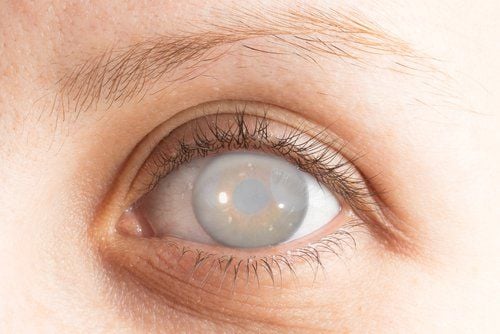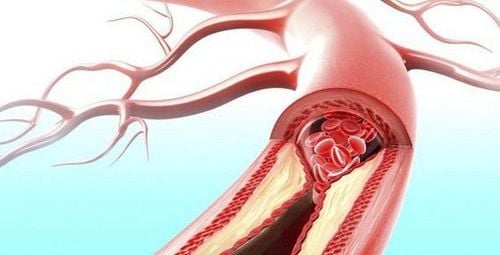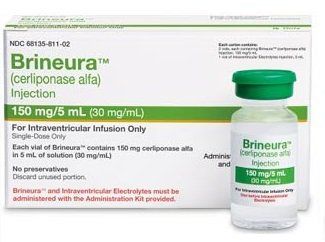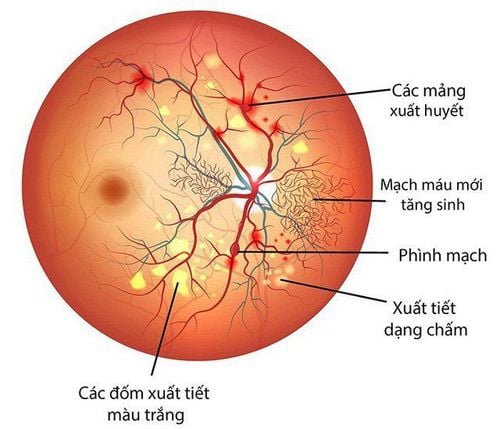This is an automatically translated article.
Horton's disease is an inflammatory disease of the arteries, mainly located in the temporal artery. The risk is higher in the elderly, 60 years of age or older. Symptoms of the disease are persistent headaches and visual disturbances. The disease, if not treated early, can lead to blindness.
1. Diagnosis of Horton's disease
To make an accurate diagnosis of horton disease, the doctor will have to rely on clinical and laboratory symptoms to determine. Horton's symptom is a persistent headache in the temples with impaired vision. These pains can be unilateral or bilateral, and they usually occur at night. In addition, the patient also has symptoms such as anorexia, weight loss, inflammation of the temporal artery, fever, .... Gradually, the patient will have a marked decrease in vision and may go blind. blind. However, to be able to diagnose the disease accurately, the doctor will have to conduct a number of blood tests and tests for immune disorders on each patient. The blood sedimentation test results increased more than 50mm, the biopsy of the temporal artery with the diagnosis of inflammatory artery are the main grounds for concluding that the patient has horton disease.
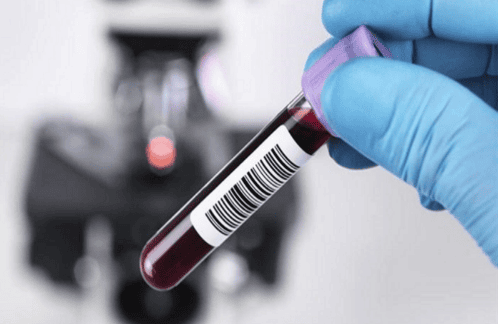
Xét nghiệm giúp chẩn đoán chính xác tình trạng bệnh Horton
2. Hormonal disease treatment
Currently, the treatment that is considered to be most effective for patients with hormonal imbalance is the use of corticosteroids. This method works to prevent possible complications from hormonal disease. For the intensive dosing phase, corticosteroids will be administered at a dose of 0.7 mg-1 mg/kg/time per patient and the treatment cycle may be extended from 10 to 15 days. Dosage will be gradually reduced according to the severity of the disease. For patients in the maintenance dose phase, the doctor will prescribe the drug depending on the disease condition and the duration of treatment can last up to 12 months. Signs of remission of the disease are expressed in features such as fever reduction within the first day of using the drug. Blood sedimentation returns to normal 1 to 2 months after treatment.
In addition, the doctor may also give the patient dapsone, which is an anti-inflammatory drug combined with corticosteroids to treat hormone disease. In case the patient has symptoms of arteritis, the doctor may prescribe anticoagulants. The use of corticosteroids in the treatment of hormone disease must absolutely follow the instructions of the doctor. In some cases, your doctor may prescribe a vitamin supplement and pain reliever if needed.

Bệnh nhân sử dụng thuốc corticod để điều trị bệnh theo đơn của bác sĩ
3. Complications of Hormonal Disease
Horton disease, if not diagnosed and treated early, will cause dangerous complications including:
Causes serious eye complications from visual impairment to permanent blindness. Once effective, hormone therapy will reduce fever and pain from the very first day the patient uses the drug. Reduce inflammation and red blood cell deposition rate will return to normal within 2 months after treatment
Horton's disease if left untreated can cause serious eye damage. Can be from one eye and spread to the other eye. The degree of impact on vision starts from the phenomenon of double vision, blurred vision, paralysis of eye muscles, visual hallucinations, ...
Although rare, but horton disease can also cause cerebral infarction, inflammation. nerves, pneumonia, prolonged fever, difficulty moving, accidents,...
Horton's disease tends to cause inflammation of the arteries of the brain, spinal cord, lungs,... Due to the complicated manifestations, the disease is difficult. The diagnosis should be fatal if the disease causes damage to important arteries in the body.
Customers can directly go to Vinmec Health system nationwide to visit or contact the hotline here for support.
SEE MORE
Coronary artery stenosis and blockage: Who should put a stent? Who should have surgery Common cardiovascular diseases in the elderly Beware of peripheral artery occlusion of the lower extremities





